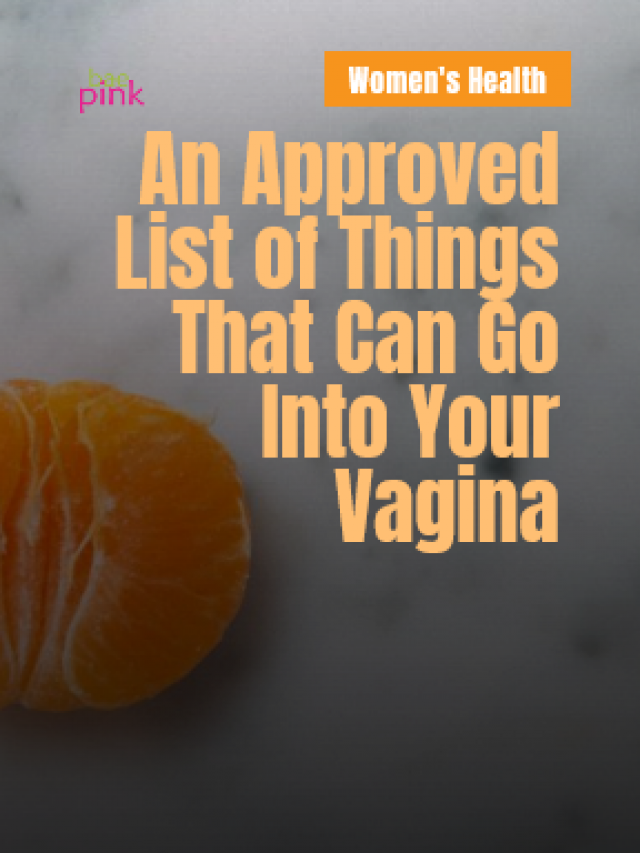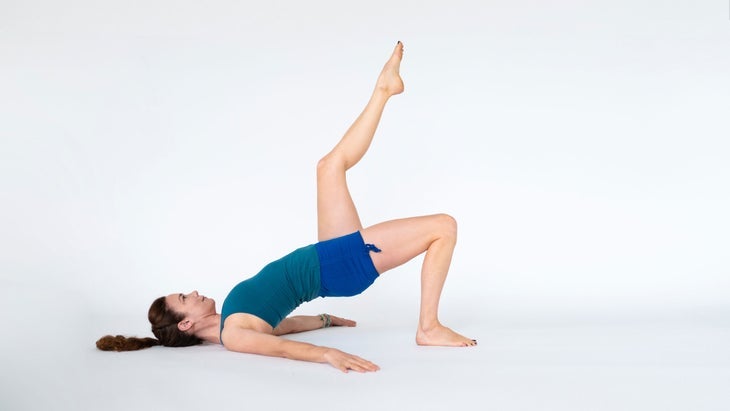Childbirth is a thrilling time. One finally gets to meet the baby after 9 long months of wait. This wait for the bundle of happiness can meet a decision obstacle, to go for normal delivery or cesarean delivery. If there are any complications developed before the completion of full-term or the woman is suffering from tokophobia, the doctor may have to decide on cesarean delivery.
A cesarean section, that’s a life-saving surgical treatment when certain complications arise during labor. Cesarean delivery is also known as a C-section or cesarean section.
A C-section is a surgical method for the delivery of a baby. Cesarean section is a fetal delivery through an open abdominal incision and an incision inside the uterus.

The first cesarean recorded arises in 1020 AD, and thereafter, the procedure evolved tremendously. According to the CDC, It’s a common treatment that’s used to deliver nearly one-third of babies in the United States.
The cesarean rate at the population level in India seems to be 17.2 %.
National Family Health Survey (India) 2015-16
In India, C-section deliveries have increased from 2015 to 2020. Generally, Cesarean deliveries are avoided before 39 weeks of pregnancy so the child has proper time to develop in the womb. Sometimes, complications arise and a cesarean delivery must be performed before 39 weeks.
Why a cesarean delivery is recommended?
There are some reasons why your obstetrician may recommend a cesarean section.
These can also additionally include:
- Previous history of cesarean deliveries,
- The baby is in a breech position (the bottom or feet first & can’t be turned), or a vaginal breech birth is not recommended.
- The placenta is partly or entirely covering the cervix (opening to the womb).
- The baby is situated sideways (transverse) & is not able to be turned by the doctor.
- A twin pregnancy, together with your first baby in a breech position.
Those who have C-section delivery will need more time to recover than they would after a routine vaginal delivery.
What to do after c-section delivery?
Here are some suggestions to help speed up your recovery so you can spend less time sore and tired & more time bonding with your new baby.
A cesarean delivery (C-section) is major surgery. Just like with any surgery, the body needs time to heal afterward.
Hospital Stay.
Usually, after a cesarean birth, a hospital stay may be for 2 to 4 days. The period of hospital stay depends on the reason for the cesarean birth and on how long it takes for the body to recover. After going home, one needs to take special care of and limit physical activities. Doctors will share necessary information and instructions for better and faster recovery. If need be, ask for help from friends & family.

Care of your wound.
The cesarean incision may have been closed with staples which are usually removed within 3 to 7 days of delivery. If you have stitches, they are usually, absorbable sutures, which means they are absorbed by the body and do not need to be removed.
- Keep your wound clean and dry.
- Wear loose clothing and look for signs of infection like redness, pain, swelling of the wound, or bad-smelling discharge. If these signs observe, report to the doctor or obstetrician.
The incision will heal in a few weeks. There may be mild cramping, light bleeding, or vaginal discharge, as well as pain and numbness in the skin around the incision site, during the healing period.
Most women will feel well by 6 weeks after delivery, but numbness around the incision and occasional aches and pains can last for several months.
Pain management.
After surgery, pain is very common. And that is uncomfortable for some days but this can usually be managed well with medications. The anesthetist provides several options to help relieve pain. Taking regular pain relief is most important for recovery. Let the obstetrician know if any pain relief or anti-sickness medication is required.
Physical activity.
It’s observed that women who exercise during pregnancy have shown benefits such as decreased gestational diabetes mellitus, cesarean birth and operative vaginal delivery, and after-delivery recovery time. Physical activity also can be an essential factor in the prevention of depressive disorders in women after delivery, irrespective of cesarean delivery
Exercise routines may be resumed gradually after pregnancy as soon as medically safe, depending on the mode of delivery (vaginal or cesarean birth) and the presence or absence of medical or surgical complications.
Committe Opinion, Clinical Guidelines, ACOG
Resuming exercise or incorporating new exercise routines after delivery is important in supporting lifelong healthy habits. Some women are capable of resuming physical activities within days of delivery.
- Pelvic floor exercises can be initiated in the immediate postpartum period.
- Abdominal strengthening exercises, including abdominal crunch exercises and the drawing-in exercise, a maneuver that increases abdominal pressure by pulling in the abdominal wall muscles, have been shown to decrease the incidence of diastasis recti abdominous and decrease the inter-rectus distance in women who gave birth vaginally or by cesarean birth.
- Regular aerobic exercise in lactating women improves maternal cardiovascular fitness without affecting milk production, composition, or infant growth.
Ensure adequate hydration before commencing physical activity.
Emotional support
All mothers need Emotional support during pregnancy & delivery. Some women feel positive about having a cesarean delivery, while others feel sad or disappointed, especially if it was unexpected. It can be very helpful to talk about your feelings with your partner, or family. The obstetrician can also discuss the birth experience with you.
After your operation, initially, you will be resting in bed. During this time it must important to do deep breathing and leg exercises regularly. It will reduce chest infections and blood clots in your legs. Postnatal exercises are especially important after cesarean delivery to get your muscles working again, but take things at a gentle pace. The obstetrician or physiotherapist will be the right person to tell when one should begin them.
Whether a baby is born by cesarean section or vaginally, the aim is for a safe, rewarding, and satisfying experience for the mother and her family.























